Backcountry skiers in British Columbia all know of the Spearhead Traverse. This is Canada’s “Haute Route” — a 35km trek crossing over 13 glaciers with about 2000m of elevation gain (and loss) that most people spread over 3 days (it can be done in a single thigh-burning day). Most of the route is between 6,000 and 8,000 feet. Access is easy: buy a one-way lift ticket for Blackcomb Mountain. At the end of the trip: ski down the runs on Whistler Mountain. That’s all that is easy about the Traverse. In between there are no escape routes. The steep glaciers make for breathtaking ski runs and long skin tracks up. If the weather is clement, the views everywhere are staggeringly beautiful. The coastal mountains are very rugged and dramatic.

click for full-size
Until now, if you wanted to make the multi-day journey, you were required to carry all of your camping equipment. The fitness required, and the level of commitment has made the trip too daunting for many of us. Mountains make their own weather, and while it might be benign in Vancouver, in the remote high wilderness behind Mount Macbeth, the skier might be blinded by a whiteout and driving snow. An error in wayfinding would be tragic.
Now, the Alpine Club of Canada has envisioned 3 backcountry huts strategically and dramatically located along the Spearhead Traverse. More about this plan:
The first of the huts is almost complete. On June 14, 15, and 16, I was part of the team helicoptered into the Kees And Claire Hut to assemble Barbara’s kitchen. More about the kitchen here. http://www.spearheadhuts.org/barbaras-kitchen/
Over the years, I’ve explored the fringes of this region. Some years ago a group of us camped at 2200m on the flank of Mount Trorey after crossing several glaciers from the lifts at the top of Blackcomb. In the summer we’ve hiked from Whistler up to Russet Lake, the location of the Kees And Claire Hut. This weekend I found there was something special about being able to linger in one place for a few days, and experience the vistas at different times of the day and in different weather.
Vistas! Yes, the views in all directions are amazing.

Please open full-size. It is the only way the mountain-images will achieve their grandeur
This hut is scheduled to open in the fall for the ski season. The easiest approach will be from the lifts on Whistler Mountain, then ski down the Musical Bumps to Singing Pass, and finally over Cowboy Ridge to Russet Lake. Edit: See the first comment to this post to find out how to make a booking for the Kees And Claire Hut.




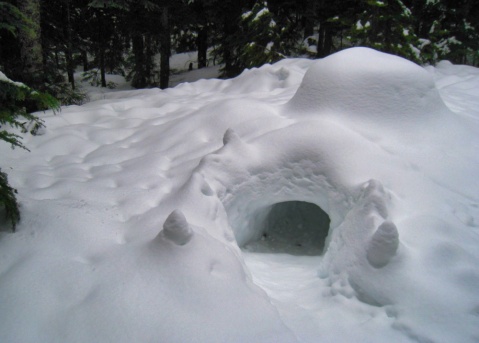
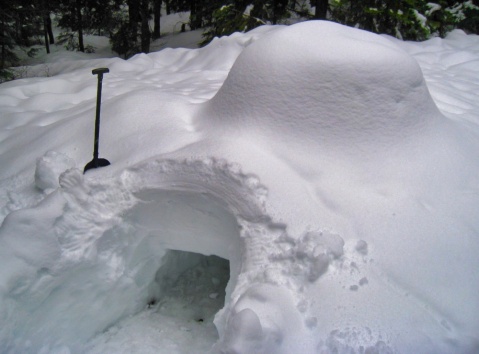
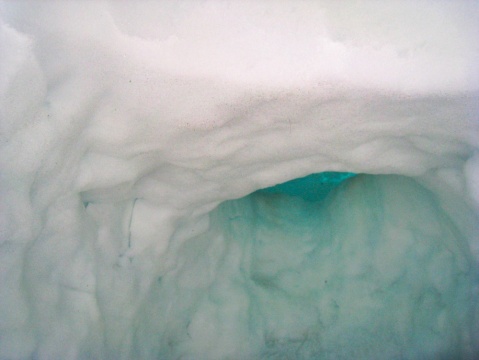

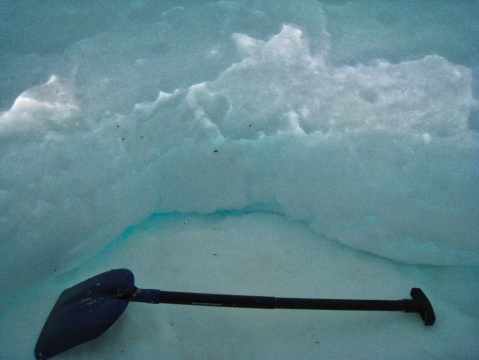
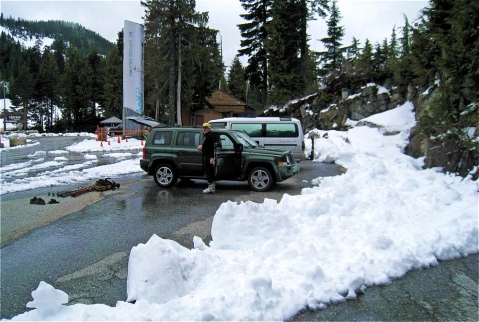

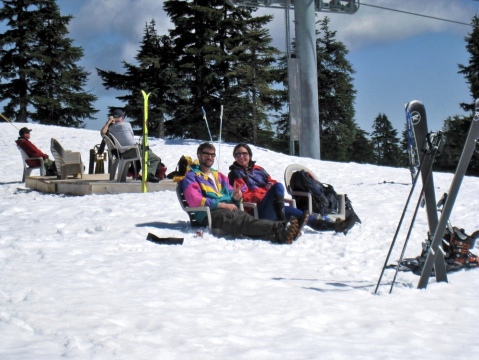

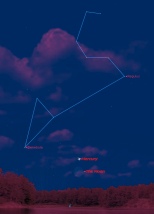
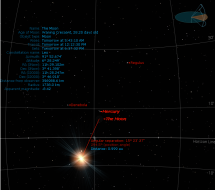




Recent Comments